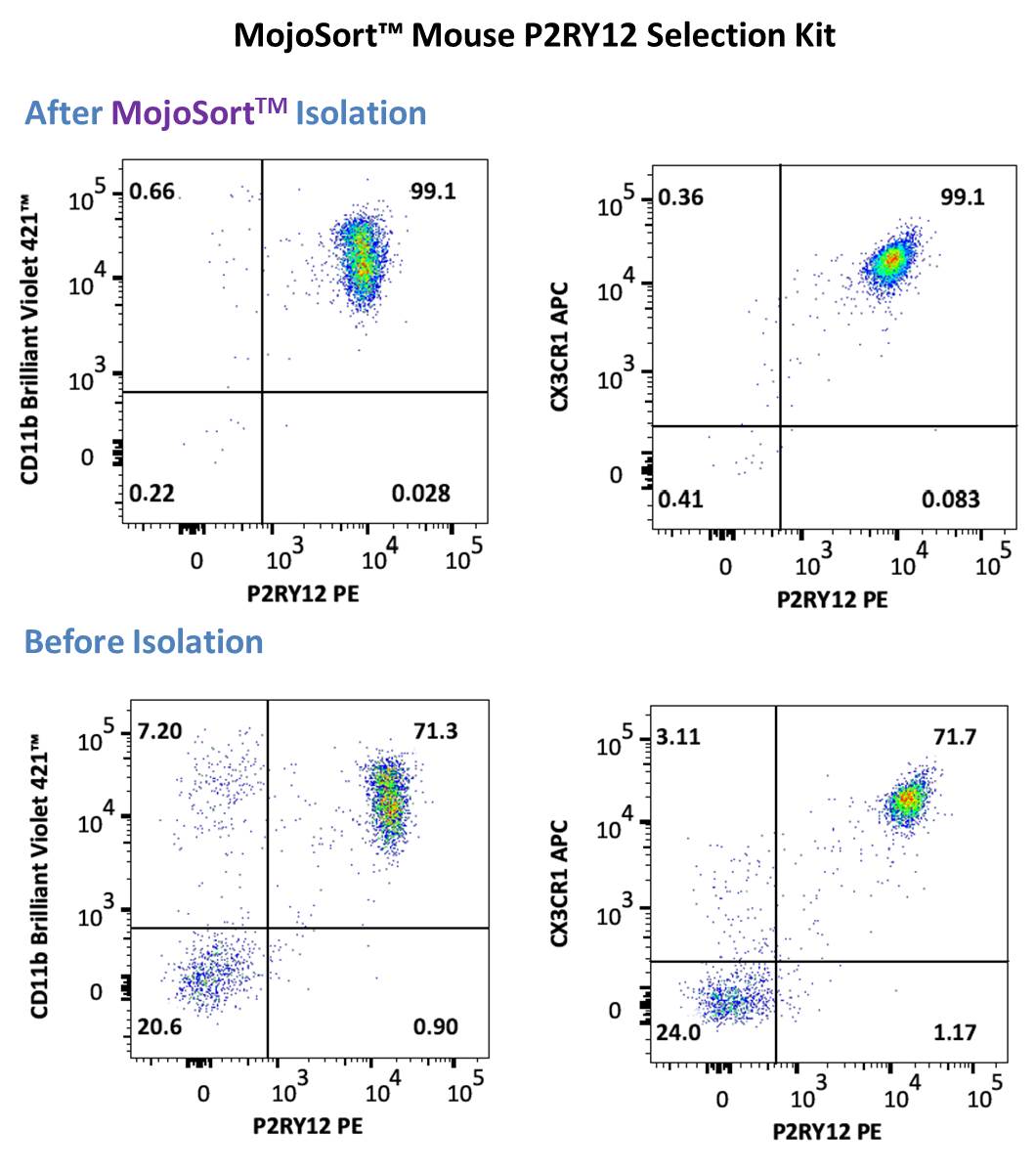

- #PROCESSING PMOUSE HOW TO#
- #PROCESSING PMOUSE INSTALL#
- #PROCESSING PMOUSE 64 BIT#
- #PROCESSING PMOUSE CODE#
As we move along, you’ll see how the code gets complicated really fast. Without using object-oriented programming (OOP) concepts, it is not easy to build complex games, such as platform games with multiple levels, players, entities etc. These concepts include gravity, collisions, keeping scores, handling different screens and keyboard/mouse interactions.
#PROCESSING PMOUSE HOW TO#
This is based on my experience from when I was a teaching assistant, helping new programmers learn how to use Processing. The reason I picked a game like this is that it has most of the concepts that beginners struggle with when learning game development.

The game we will build in this Processing tutorial is sort of a combination of Flappy Bird, Pong and Brick Breaker. If you have any questions, be sure to leave a comment. Then, we will port the game to the web.īefore we begin the Processing tutorial, here is the code of the DVD logo exercise from the previous part. In this article, I will show you how to use Processing to implement your own game, step by step. The next step for you to learn Processing is simply more hands-on programming. In the first part, I gave a basic Processing language walkthrough. To learn more about Windows internals (including memory usage, context, threads, and processes), review additional resources, such as Windows Internals by Mark Russinovich, David Solomon, and Alex Ionescu.This is the second part of the ultimate guide to the Processing language. Handles NPM(K) PM(K) WS(K) CPU(s) Id SI ProcessNameįor more information, see Get-Process. Specify a specific process name, to see the process ID for that process. To work with automation scripts, use the Get-Process PowerShell command. tlist (List Process IDs) command will display a list of all PIDs on that system. If there's already a user-mode debugger running on the system in question, the. C:\Program Files (x86)\Windows Kits\10\Debuggers\圆4>tlist -tįor more information, see TList. For each process, it shows the PID, process name, and, if the process has a window, the title of that window. When you run TList from the command prompt, it will display a list of all the user-mode processes in memory with a unique PID number.
#PROCESSING PMOUSE 64 BIT#
If you installed the Windows Driver Kit in the default directory on a 64 bit PC, the debugging tools are located here:Ĭ:\Program Files (x86)\Windows Kits\10\Debuggers\圆4\
#PROCESSING PMOUSE INSTALL#
For information on how to download and install the debugging tools, see Download Debugging Tools for Windows. TList is included in the Debugging Tools for Windows. Task List Viewer (TList), or tlist.exe, is a command-line utility that displays the list of tasks, or user-mode processes, currently running on the local computer. Use tasklist /? to display command line help. Image Name PID Session Name Session# Mem Usage Use the built in Windows tasklist command from a command prompt to display all processes, their PIDs, and a variety of other details. Some kernel errors may cause delays in Task Manager's graphical interface. You can right click a process name to see more options for a process. From the Processes tab, select Details to see the process ID listed in the PID column.Ĭlick on any column name to sort. In Windows, first click More details to expand the information displayed. Task Manager can be opened in a number of ways, but the simplest is to select Ctrl+Alt+Delete, and then select Task Manager. This topic describes how you can determine the PID for a given app using Task Manager, the tasklist Windows command, the TList utility, the PowerShell Get-Process command, or the debugger. This number is used in a number of ways, for example to specify the process when attaching a debugger to it.

Each process running in Windows is assigned a unique decimal number called the process ID (PID).


 0 kommentar(er)
0 kommentar(er)
